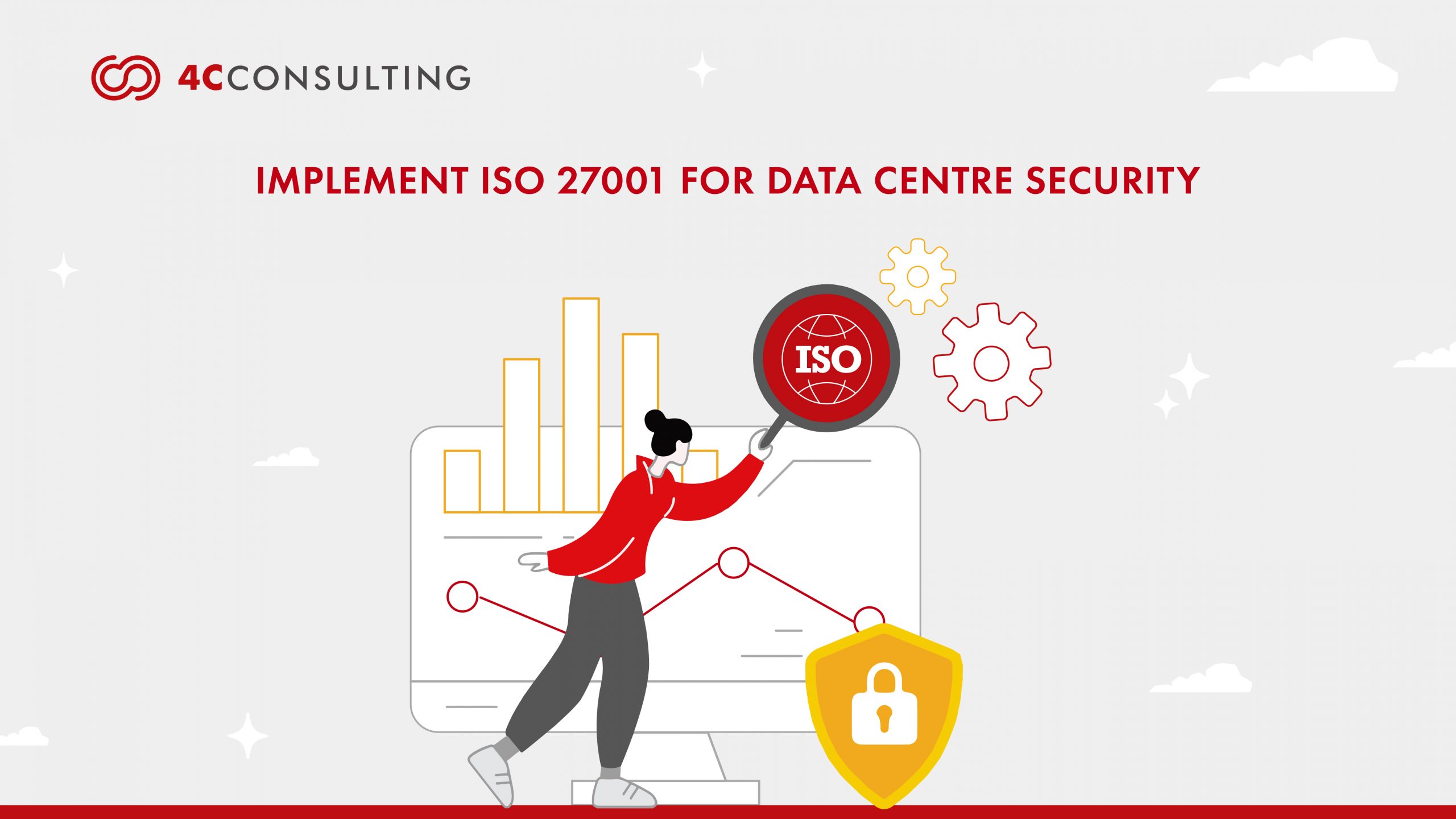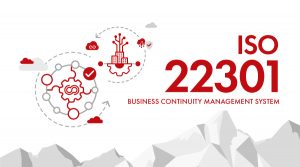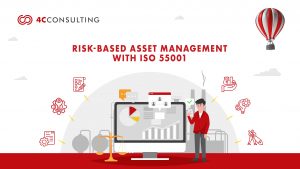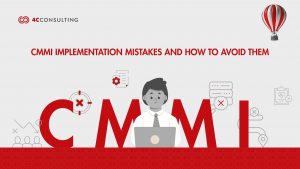
IMPLEMENTING ISO 27001 FOR DATA CENTERS: A GUIDE TO CERTIFICATION AND SECURITY
18th Oct, 2024
Data breaches and cyber attacks targeting data centers have surged in recent years, resulting in significant financial losses for businesses. As organizations increasingly depend on data centers to store sensitive information, ensuring robust data security has become a top priority. ISO 27001 is an internationally recognized standard that provides a framework for establishing, managing, and improving an Information Security Management System (ISMS) in data centers. By adopting this standard, data centers can safeguard the confidentiality, integrity, and availability of their data while complying with industry regulations. This blog provides a comprehensive guide on how to implement ISO 27001 for data centers security and the benefits of certification.
.
OVERVIEW OF DATA CENTERS AND ISO 27001
Data centers are vital for storing, managing, and processing critical business data. The implementation of ISO 27001 ensures that data centers maintain a high standard of information security by addressing both physical and digital vulnerabilities. By implementing ISO 27001, data centers can protect data confidentiality, integrity, and availability, thereby mitigating a wide range of potential risks. This section explores how ISO 27001 meets the unique requirements of data centers, highlighting essential security aspects and best practices.
KEY ASPECTS OF ISO 27001 FOR DATA CENTERS
To effectively implement ISO 27001 in data centers, it is crucial to understand its key components. These elements collectively ensure the data centers maintains optimal security, operational efficiency, and compliance with industry standards. Important aspects for securing data centers operations include:
- Information Security Policies: Policies designed to protect information and define how security is managed within the organization.
- Risk Assessment and Management: Identifying potential security risks and implementing measures to control them.
- Access Control: Restricting both physical and digital access to sensitive information to authorized personnel only.
- Asset Management: Keeping track of all information assets and securing them throughout their lifecycle.
- Incident Management: Establishing a response process to handle security incidents efficiently, minimizing damage and learning from breaches.
- Human Resource Security: Ensuring that employees are trained to understand and fulfill their data security responsibilities.
.
Build Trust and Resilience with ISO 27001 Data Center Certification.
.
IMPLEMENTING ISO 27001 FOR DATA CENTERS
Implementing ISO 27001 for data centers involves addressing both physical infrastructure and information security comprehensively. It begins by defining the scope of the ISMS for the data centers, identifying critical assets, and evaluating security needs. Conducting a thorough risk assessment is vital to identify vulnerabilities and establish controls to mitigate risks covering both physical threats like unauthorized access and logical threats such as cyber attacks. This approach helps ensure the confidentiality, integrity, and availability of critical data. ISO 27001 implementation is about building a proactive and resilient security framework that protects both the physical and digital assets of a data centers, ensuring secure and efficient operations.
- Physical Security: Data centers need robust physical security to protect sensitive equipment and data from threats such as unauthorized access, theft, vandalism, and natural disasters. ISO 27001 outlines several physical controls necessary to effectively safeguard data centers.
- Controlled Access Points: Limit access to critical areas to authorized personnel only, using multi-factor authentication like access cards and biometrics. This helps minimize the risk of unauthorized entry.
- Perimeter Security: Secure the data center perimeter with high-security fencing, surveillance cameras, and 24/7 monitoring. Intrusion detection systems further enhance security by alerting personnel about unauthorized access attempts.
- Visitor Management: Ensure proper visitor management by logging visitor movements, issuing temporary ID badges, and ensuring visitors are escorted at all times. This prevents unauthorized access to restricted areas.
- Environmental Controls: Mitigate environmental risks such as excessive heat, fire, and humidity with fire suppression systems, redundant HVAC systems, and real-time monitoring to maintain optimal conditions for equipment.
- Safeguarding Data Centers: Data centers require a combination of logical and physical measures to ensure the highest level of security. Implementing these controls minimizes risks and vulnerabilities, protecting both physical infrastructure and sensitive digital information. ISO 27001 offers a comprehensive framework to achieve this through practical security measures. Data centers face both physical and cyber threats. Logical measures such as role-based access control, encryption, network security, and monitoring work in coordination with physical controls to ensure data integrity, confidentiality, and availability. Environmental and redundancy considerations data centers must be resilient against environmental risks to ensure high availability. ISO 27001 emphasizes the importance of redundancy in power supplies, network connections, and cooling systems.
- Uninterruptible Power Supply (UPS): Redundant power supplies, including backup generators and UPS systems, are crucial to keep data centers running during power outages, preventing data loss and service interruptions.
- Fire Suppression Systems: Automatic fire suppression systems, such as gas-based systems that are safe for electronics, are essential for preventing significant damage from fires.
- HVAC Systems: Maintaining proper temperature and humidity is crucial for equipment performance. Redundant HVAC systems help ensure stability even if the primary system fails.
- Risk Management and Compliance: Risk management is a core element of ISO 27001 implementation, particularly for data centers facing various physical and cyber threats. Conducting detailed risk assessments helps identify vulnerabilities and determine appropriate controls. Regular audits and compliance checks ensure that data centers align with ISO 27001 requirements and continually improve their security.
- Risk Assessment: Identify risks related to physical and logical threats, evaluate their impact, and implement controls to mitigate them addressing risks like unauthorized access, equipment failure, and cyberattacks.
- Compliance Monitoring: Regular audits verify that implemented security measures align with ISO 27001 standards, identify gaps, and guide corrective actions.
- Employee Training and Awareness A key aspect of ISO 27001 implementation is ensuring that all staff understand the importance of data security. Training fosters a culture of vigilance and accountability. In a data center environment, employees must be trained on physical and logical security measures, emergency procedures, and incident response. Regular drills and awareness programs improve readiness and ensure everyone knows how to respond to a security incident.
.
BENEFITS OF ISO 27001 FOR DATA CENTER SECURITY
- Enhanced Security Posture: ISO 27001 provides a structured framework that integrates physical and digital security measures, ensuring a comprehensive approach to protecting sensitive data and infrastructure.
- Regulatory Compliance: Compliance with ISO 27001 helps data centers meet various industry-specific regulations and legal requirements, reducing the risk of penalties and ensuring adherence to best practices.
- Customer Trust: ISO 27001 certification demonstrates a strong commitment to data security, increasing confidence among clients, stakeholders, and partners. This can serve as a competitive differentiator in the marketplace.
- Operational Resilience: By mitigating physical, environmental, and cyber risks, ISO 27001 helps data centers achieve high availability, ensuring business continuity and minimizing downtime during unforeseen disruptions.
- Reduced Risk of Data Breaches: Implementing ISO 27001 significantly reduces the risk of data breaches through comprehensive risk assessments, proactive controls, and incident response procedures, which help to secure both digital and physical assets.
Implementing ISO 27001 for data center security is critical for safeguarding the confidentiality, integrity, and availability of information. By focusing on physical security, environmental safeguards, logical controls, and employee training, data centers can achieve a strong security posture. ISO 27001 helps data centers manage risk effectively, build customer trust, ensure compliance, and enhance overall resilience. If you aim to enhance your data center security and achieve ISO 27001 certification, a well-structured and comprehensive approach is essential.
.
HOW 4C CAN HELP YOUR ORGANIZATION GET ISO 27001 CERTIFICATION?
To help organizations gain credibility and trust from clients, employees as well as stakeholders and avail the numerous benefits of ISO 27001, 4C experts help in complete ISO 27001 implementation. We provide ISO 27001 Training as well as consulting to help you strengthen your ISMS. Team 4C consists of IRCA certified 27001 auditors who have 15+ years of experience. Having provided consulting services, risk assessment and BCP documents to 100+ for IT and ITES companies; we have empowered companies to enhance profitability as well as credibility across the globe. Also, we have provided 5000+ hours of training on IT Security Management System (ISMS) to help them gain benefits continually. To incorporate ISO standards and implement ISO 27001 in your organization, contact us today!



